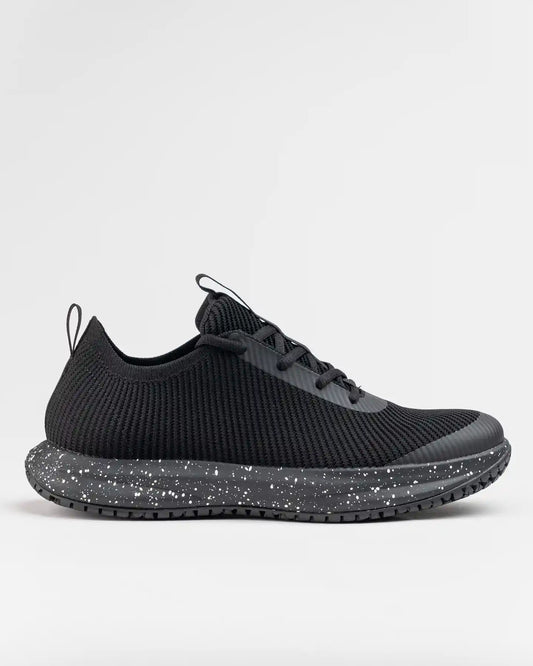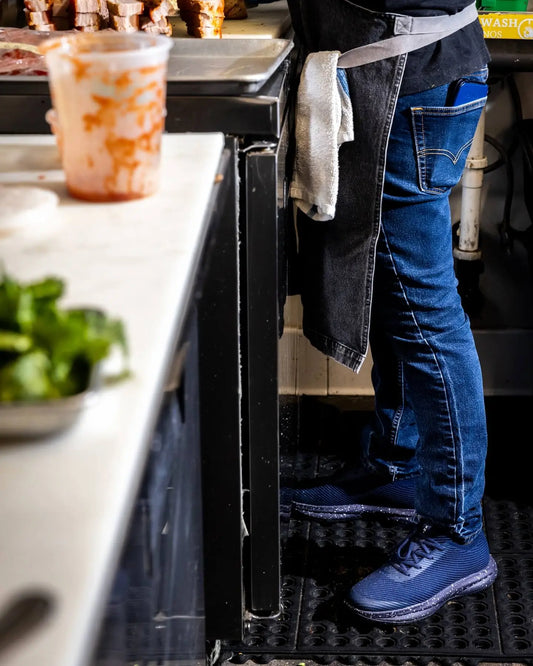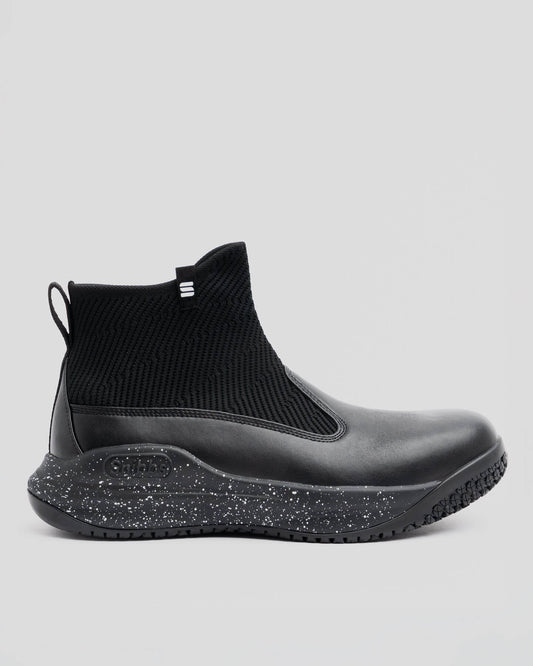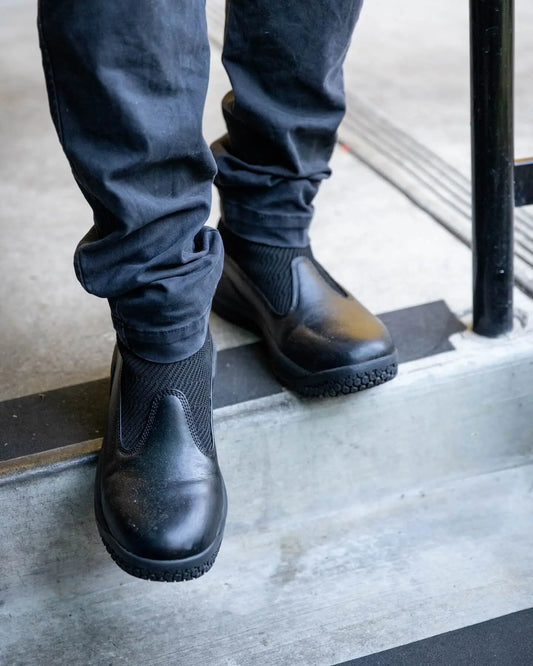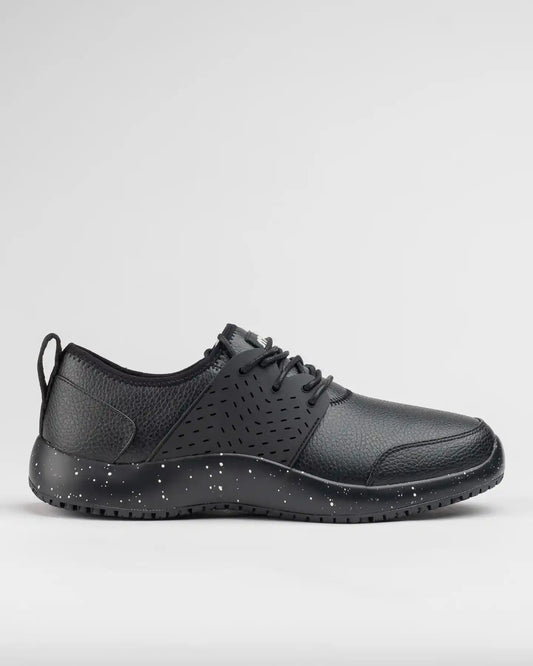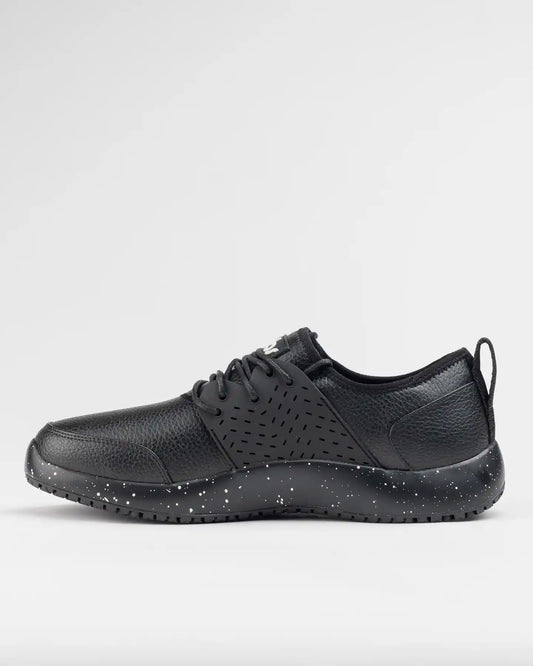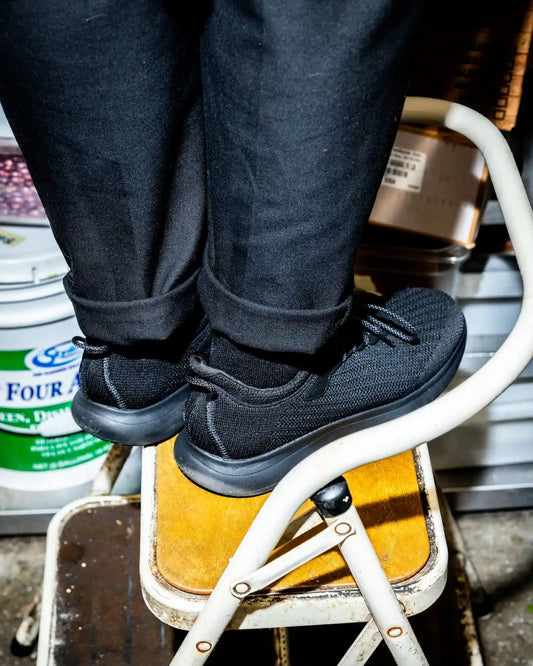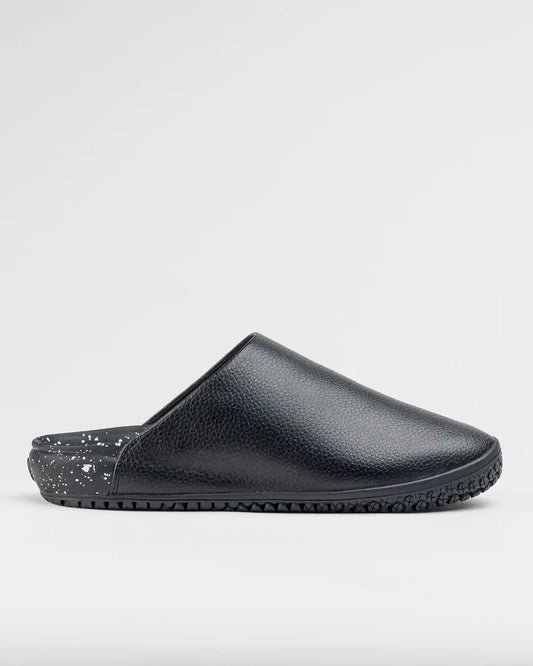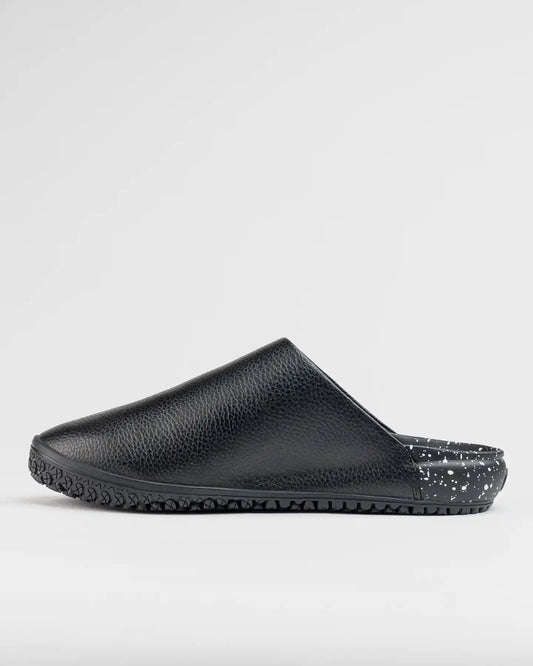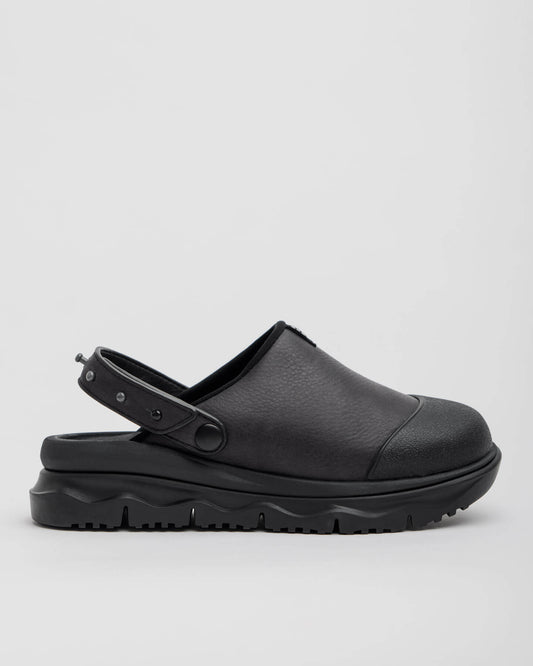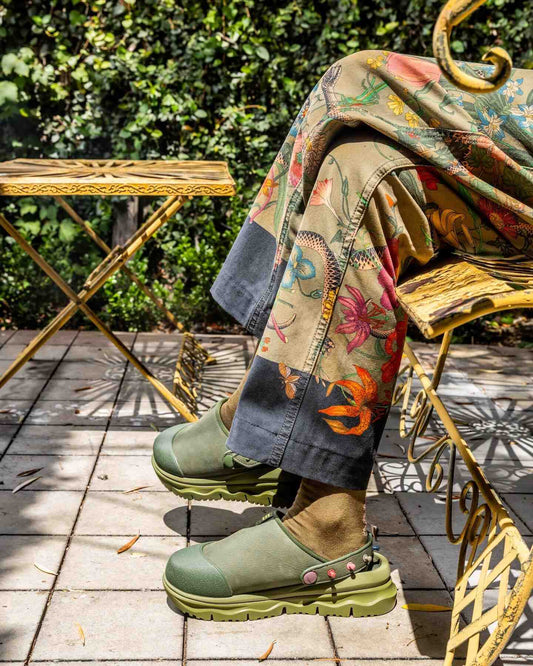Most Common Bartender Injuries
Snibbs Footwear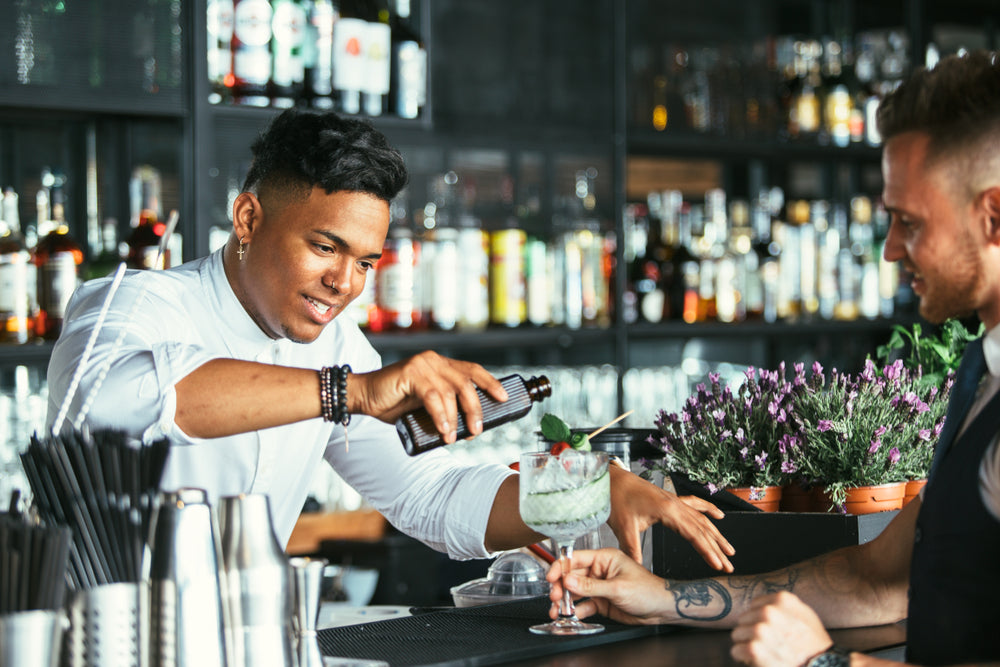
Bartending is an exhilarating profession that allows you to showcase your skills, connect with customers, and create memorable experiences. However, the fast-paced and demanding nature of the job can also expose bartenders to various risks and injuries. By understanding the risks involved, you can take proactive measures to prevent these injuries and ensure a safe working environment.
Let's explore the most common bartender injuries encountered during work, shed light on how these incidents can happen, and provide valuable bartender tips to help you avoid them and maintain a safe working environment.
1. Slip and Fall Accidents
Slips and falls are among the most prevalent injuries in the bartending and restaurant industry.1 The combination of wet or sticky floors, spilled drinks, and crowded spaces can make it easy for bartenders to lose their footing. This can result in sprained ankles, fractures, or even more severe injuries. Bartenders are also more particularly susceptible to these accidents due to the fast-paced nature of their work.
2. Cuts and Lacerations
Working with glassware, knives, and other sharp tools puts bartenders at risk of cuts and lacerations. An accident can happen while preparing garnishes, slicing fruit, or handling broken glass. Poor handling techniques can also increase the risk of these injuries. These injuries require immediate attention to prevent further complications or infections.
3. Burns and Scalds
Bartenders often work with hot liquids, such as boiling water for infusions, or may need to use open flames to create a drink. Common bartender challenges like spilled drinks, splashes, or accidental contact with hot equipment can cause painful burns and scalds. These injuries can vary in severity, ranging from minor discomfort to more significant burns requiring medical attention.
4. Musculoskeletal Strains
Repetitive motions, such as shaking cocktails or lifting heavy kegs, can strain the muscles and joints. Over time, this can lead to musculoskeletal disorders, including strains, sprains, and chronic pain in areas such as the back, shoulders, and wrists.
How Bartender Injuries Happen
As a bartender, the best way to prevent potential injuries is by knowing how they happen. Common causes of bartender injuries include:
- Rushed Movements and Fatigue: In a bustling bar environment, bartenders often need to work quickly to serve customers. Rapid movements, combined with long hours and fatigue, can compromise their balance and increase the likelihood of slips, trips, and falls, leading to workplace injury.
- Insufficient Lighting: A dimly lit bar can make it difficult to identify hazards or spilled liquids on the floor. Poor visibility increases the risk of an accident, as bartenders may not see potential dangers in their path.
- Inadequate Training and Safety Measures: Insufficient training on proper handling techniques, such as knife skills or glassware manipulation, can increase the risks of cuts and lacerations. Also, a lack of safety measures, like non-slip mats or spill cleanup protocols, can escalate the risk of injuries and accidents.
- Improper Footwear: Wearing inappropriate or uncomfortable shoes can be a significant contributing factor to bartender injuries. Unsupportive footwear lacking slip-resistant outsoles can increase the risk of slips and falls, while uncomfortable shoes can lead to foot and leg strain.
Tips to Avoid Bartender Injuries and Stay Safe at Work
As a bartender, one of your first priorities should be your safety and well-being. Luckily, there are a number of measures you can take to help prevent injuries on the job.
Maintain a Clean and Organized Work Area
Regularly clean up spills and broken glassware right away to prevent slips and cuts. Organize your workspace and implement proper storage systems for glassware and tools to minimize the risk of accidental cuts and lacerations. Keep the bar area well-lit to improve visibility and identify potential hazards.
Practice Safe Handling Techniques
Proper handling techniques are essential to avoid bar injuries. All bartenders need to receive thorough training on proper knife skills, glassware handling, and other essential tasks. Always use appropriate tools and follow established protocols to ensure your safety and the safety of others. Be mindful of your surroundings and take your time to avoid rushed movements
Take Regular Breaks and Practice Self-Care
Allow yourself time to rest and recharge. Give your body the rest it needs by taking regular breaks during your shift. Use these moments to stretch your muscles and relieve tension. Engage in regular exercise and practice good posture to reduce the risk of musculoskeletal strains.
Communicate Safety Concerns
Maintain open communication with your colleagues and employers regarding potential hazards or safety concerns in the workplace. Report any unsafe conditions immediately to ensure a safer working environment for everyone.
Wear Appropriate and Comfortable Shoes
Back injuries, pain, and discomfort can occur due to poor footwear choices.2 So, what to wear as a bartender? Investing in high-quality work and restaurant shoes is crucial to prevent injuries. Their slip-resistant outsole provides stability, reducing the risk of slips and falls. Additionally, the comfort and ergonomic features of certain shoes help minimize strain on your feet and joints during long shifts.
Reduce the Risk of Bartender Injuries
By understanding the most common injuries bartenders face and implementing preventive measures, you can significantly reduce the risk of accidents. Remember to stay vigilant, practice safe handling techniques, and communicate any concerns to maintain a safe and enjoyable working environment. With the right precautions in place, you can focus on what you do best—crafting delightful experiences for your customers.
One way to reduce the risk of injuries and accidents when bartending is to choose appropriate footwear, as mentioned earlier. Work shoes, slip-resistant and waterproof, can create a significant impact on reducing slip and fall accidents around wet floors. Snibbs footwear features non-slip treads and water-resistant material so you can move with ease as you’re mixing and pouring.
Sources:
- Prudential Overall Supply. Restaurant Managers: Here’s How to Prevent Slips, Trips, and Falls in the Kitchen. https://www.prudentialuniforms.com/blog/restaurant-managers-heres-how-to-prevent-slips-trips-and-falls-in-the-kitchen/
- Better Health Channel. Footwear for Healthy Feet. https://www.betterhealth.vic.gov.au/health/conditionsandtreatments/footwear-for-healthy-feet

